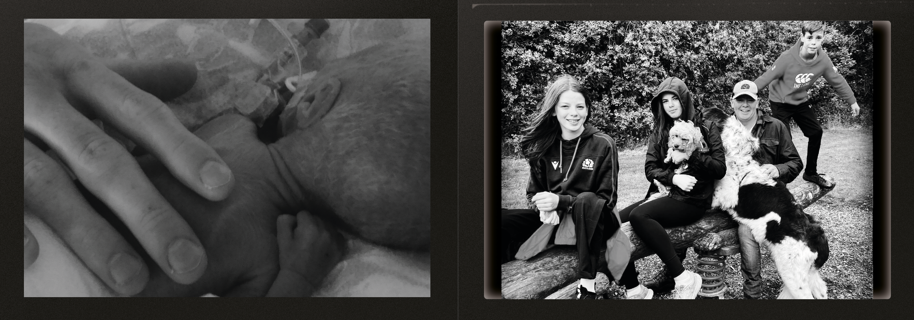#WeWontRest until patients everywhere can see the results of innovation in black and white
29.06.22
On a slow news day, I looked up some definitions of innovation. According to the EU Commission website it’s a new or significantly improved product (good or service) introduced to the market, or the introduction within an enterprise of a new or significantly improved process. Exciting stuff.
But in the context of new diagnostics, medicines and vaccines it is so much more.
We constantly try to quantify medical innovation. Whether it’s the 8000 new medicines in development or the 6000 clinical trials underway in the EU. You can use financial terms - our industry invests around €42 billion a year in Europe alone. In fact, the industry invests a greater percentage of revenue in R&D than any other sector. Or look at human resources – our industry employs 125,000 people in research and development roles and 840,000 in total across the region.
We know 1 in 5 new treatments come from Europe compared to 1 in 2 from the US (a complete reversal of the situation just 25 years ago). We know on average it takes 511 days for new treatments to reach patients in Europe and there are huge disparities in the time it takes to get access in different European Member States. As an engine room of medical innovation, as an industry, we know that a robust IP framework, dynamic regulatory system and an access environment that values innovation attracts the best people, investment, advanced manufacturing and partnerships. And most critically, it ensures patients get access to latest advances in care. Conversely, we know when innovation happens in other regions, it is patients there that benefit first.
But much harder to quantify is how that innovation has transformed lives, the experiences it has meant people could share, the moments made and the memories created. In the context of medical innovation, it’s the real impact but often it’s unmeasurable.
And I have felt it keenly in my own experience. From my kids’ first few, hard-won, breaths to my dad’s last few days, innovation has played a huge role in our family’s story. I know for a fact that we would not have savoured all the precious moments we have as a family without it. And we have also been in that desperate position waiting for the next breakthrough, where it has come too late, or where there was no access to it.
And I have felt it keenly in my own experience. From my kids’ first few, hard-won, breaths to my dad’s last few days, innovation has played a huge role in our family’s story. I know for a fact that we would not have savoured all the precious moments we have as a family without it. And we have also been in that desperate position waiting for the next breakthrough, where it has come too late, or where there was no access to it.

Having finally taken my turn with COVID last week, it was another stark reminder that innovation I had talked about and written about for the last two years wasn’t just numbers of trial participants, efficacy rates, uptake data and manufacturing outputs but a very tangible, very real and part of our collective story. Despite my waif-like appearance and general clean living, I felt pretty ill for a couple of days. It made me incredibly grateful for the vaccines I have had and couldn’t help but consider what might have been without them.
As we look to the future, we want to make sure that Europe and Europeans are at the forefront of that innovation. Not just for better outcomes, more efficient healthcare, more cutting-edge science but the chance to live life to the full, to share those moments with the people we love. That should be the ambition of the EU pharmaceutical policy framework – so that people everywhere can see the results of innovation in black and white.
